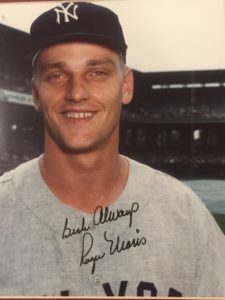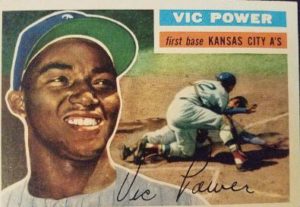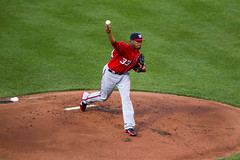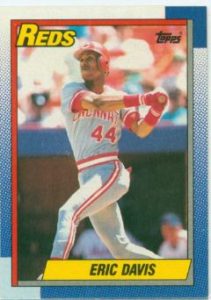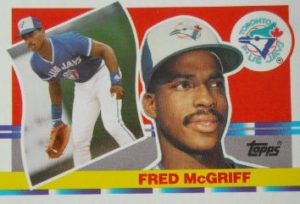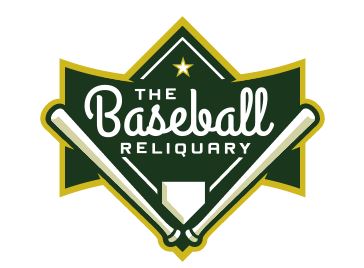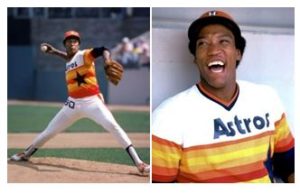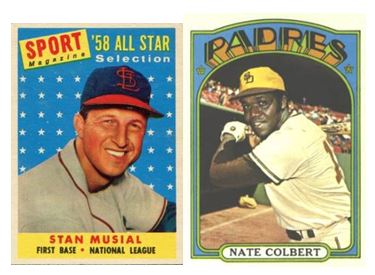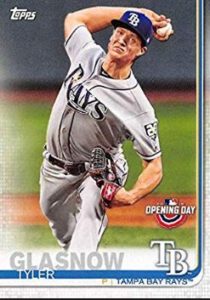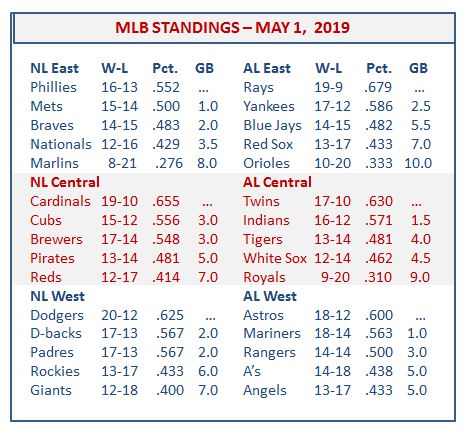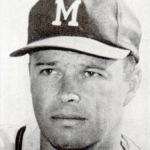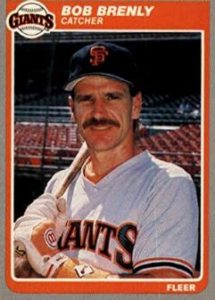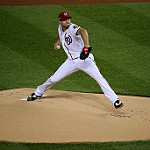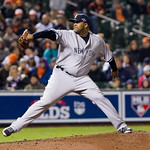 On this date (May 30) in 1922, the Cubs and Cardinals made a trade that made MLB history. The two squads were facing off (in Chicago) in a Memorial Day doubleheader. Remember those?
On this date (May 30) in 1922, the Cubs and Cardinals made a trade that made MLB history. The two squads were facing off (in Chicago) in a Memorial Day doubleheader. Remember those?
The Cubs won Game One 4-2 – and batting fifth in their lineup (collecting one RBI, despite going 0-for-4) was RF Max Flack. The CF for the Cardinals that game (batting seventh) was Cliff Heathcote – who went 0-for-3. Flack was in his ninth season for the Cubs, while Heathcote was in his fifth season for the Cardinals.
In between Games of the twin bill, Flack and Heathcote were traded for each other. The two outfielders each crossed over to their new team’s clubhouse and suited up against their previous team for Game Two – becoming the first two players to take the field for two major league teams in a single day. Both collected hits for their new teams in the second game (Flack a single in four at bats, Heathcote a pair of singles in four trips to the plate).
BASEBALL ROUNDTABLE ON THE TOP 100 BASEBALL BLOG LIST
 Baseball Roundtable is on the Feedspot list of the Top 100 Baseball Blogs. To see the full list, click here.
Baseball Roundtable is on the Feedspot list of the Top 100 Baseball Blogs. To see the full list, click here.
I tweet baseball @DavidBBRT
Follow/Like Baseball Roundtable’s Facebook Page here. More baseball commentary; blog post notifications; PRIZES.
Member: Society for American Baseball Research (SABR); The Baseball Reliquary; The Negro Leagues Baseball Museum.


